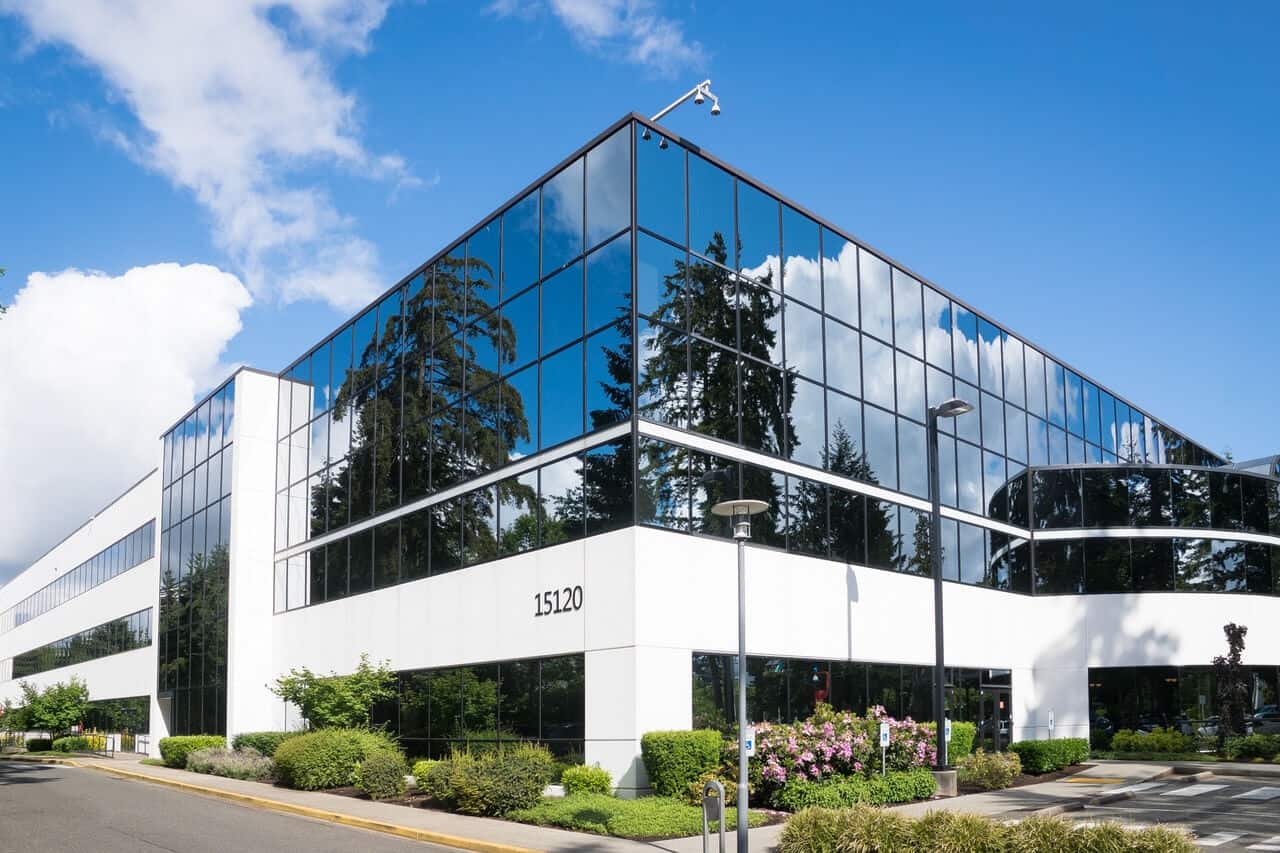Green Information Technology
Green Information Technology (IT) is about using energy-saving technologies, responsively electronic equipment, and using smart methods like virtualization and cloud computing.
The main goal is to make IT operations kinder to the environment by dealing with important issues like using less energy, managing electronic waste better, and reducing the overall impact of technology on earth.
Green IT is crucial because it makes a big difference in global efforts to take care of our environment. By focusing on saving energy, cutting down on electronic waste, and choosing eco-friendly ways to buy IT stuff, Green IT not only helps the environment but also brings practical benefits like saving money, following rules, and being responsible. It encourages everyone, both businesses and individuals, to actively take part in making technology better for the Earth and creating a more sustainable future.

Key Elements:
- E-Waste Management in Green IT
E-Waste Management in Green IT is a crucial focus area that deals with the ectronic waste. As we rely more on technology, handling old electronic devices properly has become a big concern for the environment. E-waste, which includes thrown away gadgets, causes problems because of its toxic parts, harm to the environment, and the huge amount of waste it creates.
In Green IT, managing e-waste responsibly means taking smart steps, like promoting eco-friendly practices in designing devices and making sure they can be recycled. This also involves setting up easy-to-reach places where people and businesses can drop off their old electronics in an eco-friendly way. Green IT also wants to tell everyone about the bad effects of throwing away e-waste improperly and encourage using certified recycling places. Rules and standards that are strict about how to handle e-waste add extra support to Green IT’s goal of treating electronic devices in an eco-friendly way from start to finish. All in all, Green IT actively works to make information technology better for the environment.
2. Cloud Computing Contribution to Green IT
Cloud Computing’s impact on Green IT is big changes how we use and store information online without needing local stuff. This is important for the environment. Cloud services, like storing data or running programs online, are like a shared space. Big companies run these spaces, and they’re good at saving energy by managing lots of data all together. They also use smart technology to make sure they’re not wasting energy when things are not in use. Cloud services are like an adjustable tool – when more power is needed, they provide it, and when less is needed, they use less, reducing waste. So, Cloud Computing is a good match with Green IT because it helps save resources, uses energy wisely, and lowers the impact on the environment.
Green Information Technology (IT) is crucial for our journey to a sustainable future. It deals with environmental challenges linked to technology by promoting energy-saving practices, responsible management of electronic devices, and smart solutions like virtualization and cloud computing. Giving special attention to E-Waste Management, it shows a strong commitment to dealing with electronic wastes, encouraging eco-friendly design, and making recycling easy.
Adding Cloud Computing to Green IT is a big change in how we store and use information, reducing the need for local infrastructure. Cloud services help save energy by using resources smartly and adjusting to the needs efficiently.
In simple terms, Green IT is not just an idea; it’s a way of actively encouraging businesses and people to make technology more friendly to the environment. By saving energy, handling waste responsibly, and using clever solutions, Green IT plays a big role in shaping a future where technology and the planet go hand in hand.
FAQs (Frequently Asked Questions)
1. Why is Green IT important?
Green IT is crucial because it contributes significantly to global efforts in environmental conservation. It focuses on saving energy, reducing electronic waste, and promoting eco-friendly ways of procuring IT equipment, resulting in practical benefits like cost savings, adherence to rules, and increased responsibility.
2. What is the key goal of Green IT?
The main goal of Green IT is to create a more sustainable future by addressing critical issues such as using less energy, managing electronic waste better, and reducing the overall impact of technology on the Earth.
3. What is the focus of E-Waste Management in Green IT?
E-Waste Management in Green IT is a crucial focus area that deals with the proper handling of electronic waste. It involves promoting eco-friendly practices in designing devices, ensuring recyclability, setting up accessible drop-off points for old electronics, and raising awareness about the negative effects of improper e-waste disposal.
4. What is the role of Cloud Computing in reducing environmental impact?
Cloud Computing reduces environmental impact by providing a shared space for storing data and running programs. It enables energy efficiency through smart resource management, scalability, and adaptability, resulting in reduced waste and a lower overall impact on the environment.
5. How can individuals and businesses actively participate in Green IT?
Individuals and businesses can actively participate in Green IT by adopting energy-saving practices, responsibly managing electronic devices, promoting eco-friendly design, and supporting initiatives like E-Waste Management. Choosing cloud services that prioritize energy efficiency and resource optimization is also a way to contribute.
6. Why is the integration of Cloud Computing into Green IT considered a big change?
The integration of Cloud Computing into Green IT represents a significant change because it transforms how information is stored and utilized, reducing the dependency on local infrastructure. Cloud services contribute to energy savings, resource efficiency, and a more environmentally friendly approach to technology.




